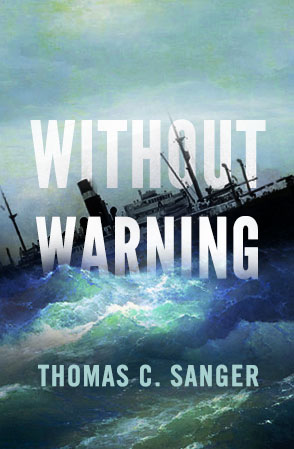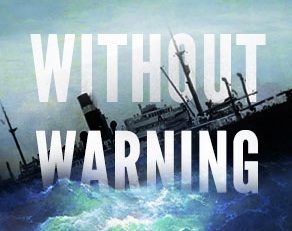Getting started as an author is a time-consuming and daunting task. When I wrote my historical novel, Without Warning, I learned that researching and writing the first draft, which sometimes felt like pulling teeth, was the easy part.
After editing, revising, and polishing my manuscript to a fine sheen, I conducted a lengthy search for a publisher to deliver my novel to readers in print and electronic form. When River Grove Books (a division of Greenleaf Book Group) published Without Warning, I discovered the most demanding part of my journey still lay ahead: selling my book to the public. That/s right, most authors become the main sales representative for their books. Here is why.
On average, more than 10,000 new book titles are published every week in America. Last year the total number of books published topped 1 million for the first time. Publishers simply do not have the resources to launch advertising campaigns on behalf of every one of their new titles. “A”-list authors get that treatment because they’ve earned it. It’s up to the rest of us to somehow make a lasting impression of our own in this crowded market.
Fortunately, the folks at Greenleaf offered plenty of ideas for me to pursue on the Internet, making sure I established a presence with author’s pages on Amazon, Facebook, and Goodreads. A year before my novel’s publication I established a website and began a regular blog. My wife and I set up a book launch event at our local library and speaking engagements up and down the West Coast and Florida to tell the story of my novel’s central event, the torpedoing of the British passenger ship Athenia at the beginning of World War II.
We are not marketing experts. Some of these efforts have been hits and some have been misses. As I indicated in my last blog, the latest sales figures show our efforts sold nearly 400 books in nearly two years. Not bad, when you realize the average sales for each book published in the U.S. is 250 copies.
You can imagine how thrilled we were with two recent developments that were quite unexpected. First, in early June, Without Warning won the San Diego Book Award for historical fiction.
That same month, I received word from my publisher that Barnes & Noble had selected Without Warning to launch its new program, called “Digital Deals.” For one day only, June 29, B&N made electronic copies of my novel available on its Nook e-reader for a purchase price of $0.99. When the dust settled, we learned 1,220 e-books were sold through the promotion. What a thrill to be chosen by B&N for this promotion and to see my novel triple its reach in one day.
It is most gratifying to gain all this exposure now, as we approach the 80th anniversary of the start of WWII and Athenia’s sinking. I’ll have more about a big anniversary event planned for Halifax, Nova Scotia, in my next blog.





